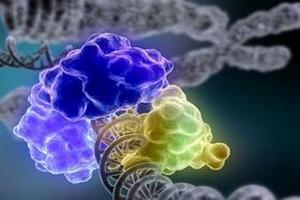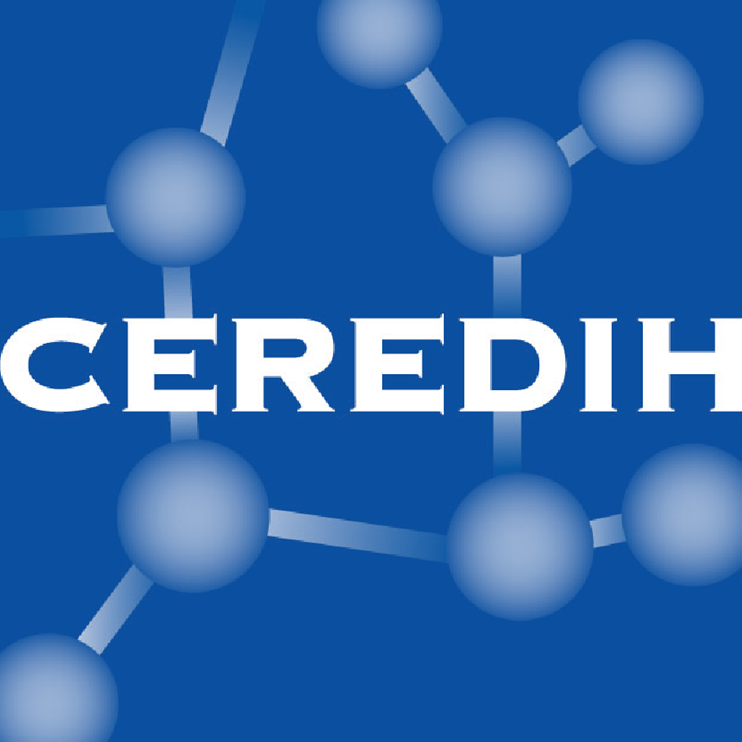The ATM gene is central to the immune system.
The majority of patients with Ataxia Telangiectasia is immunodeficient, but not everyone.
Immune disorders in AT relate to antibodies and T and B lymphocytes, that is to say mainly acquired immunity, the one targeted by vaccines.
Weakened immune defenses
The main consequence of immune deficiency in ataxia telangiectasia is a weakness against infectious agents..
Most patients with ataxia telangiectasia develop antibody responses against antigens, such as micro-organisms, but some of these responses may be affected, particularly the responses directed against the polysaccharides (large complex carbohydrates) on the surface of bacteria that causerespiratory infections..
These abnormal antibody responses may be associated with abnormal levels of circulating immunoglobulins. Thus, patients with AT may present in isolation or simultaneously the following deficiencies:
B cell deficiencies
Deficiencies of B cells has implications in the production of immunoglobulins (or antibodies):
- A deficit or absence of IgA in 70% of patients with AT. If this is the only deficiency, most people show no significant symptoms.
- A deficit or an absence of IgE in 80% of patients.
- Deficiencies of IgG subclass, especially IgG2 and IgG4. The IgG2 are particularly important in the fight against encapsulated bacteria, bacteria coated with a protective shell that are the cause of many of ENT infections, bronchitis and pneumonia.
- The rate of IgM is usually normal.
At the opposite, 10-15% of patients with AT show immunoglobulin levels well above normal.
T cell deficiency
The blood rate of T cells may be abnormally low. These abnormal T cells are generally associated with a small or immature thymus. The low rate of T cells does not always increase susceptibility to infection, but over time, this rate becomes smaller and smaller.
Cancer risk
Finally, patients with ataxia telangiectasia have a higher risk of developing certain cancers, particularly cancers of the immune system, such as lymphoma and leukemia. (see chapter « cancer »)
Process of déficiency in AT
All these deficits in Ataxia Telangiectasia have an explanation at the genetic level.
Indeed, in the chapter "ATM: DNA controller", we saw the essential role of the ATM protein in the repair of DNA double strand breaks (DSB) in the cells: in its absence the cells with DSB can't work but can still reproduce themselves. This is detrimental to healthy cells whose proportion decreases gradually. The functions for which they are scheduled to take place less efficiently, if at all: the body is weakened and aging is accelerated.
This applies to specific T cells and B cells (which produce specific antibodies: IgG among others).
But as for other body functions, evolution is slow, the expression of the anomaly is more evident on the response of acquired immunity, the one that fits and stores.
The reason lies in the process of individual and targeted response to millions of different attacks. The body responds by recombining for each attack a number of specific genes between them, thus multiplying the possibilities. The same "ingredients" are then assembled in different manners to create an active component perfectly adapted for attack.
 It's a bit like a construction kit: with the same number of pieces you can make an incredible number of buildings ... And the more you have parts, the more this number increases exponentially.
It's a bit like a construction kit: with the same number of pieces you can make an incredible number of buildings ... And the more you have parts, the more this number increases exponentially.
But to build, man must first remove the parts from the packaging: for recombining genes, we must first break the DNA molecule that carries them and cause ... double-strand breaks (DSB), a normal body then repairs, not a patient with Ataxia Telangiectasia.
This is what happens especially on chromosome 7 for IgG and on chromosome 14 for specific T cell receptors (those who recognize the aggresions). In addition to immune problems, it also explains translocations (exchange of genetic material) between these two chromosomes found in laboratory among patients with AT and may help confirm the diagnosis.
To face
Consult an immunologist.
Listen to your child. Neglect nothing and remain vigilant.
Avoid exposure to risk: do prevention.





